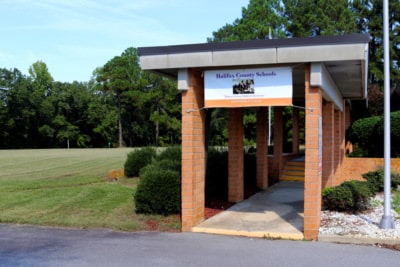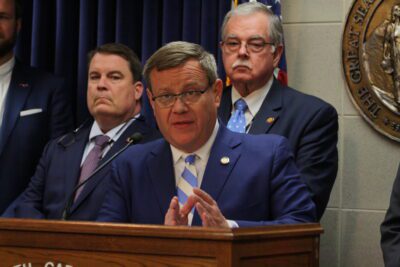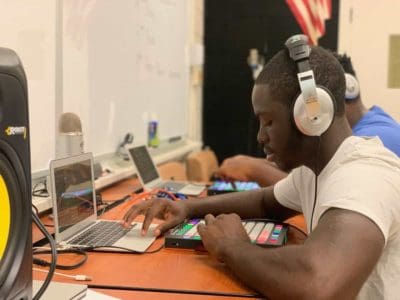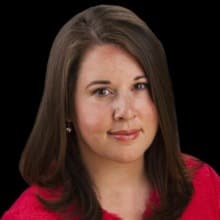For the past two years, some North Carolina schools have embarked on an experiment that could herald a new era in the state’s public school system.
In a state where the education system typically operates from the top down, some school districts have implemented a bottom-up solution that gives more flexibility and control to local schools.
The program is called Restart, and it allows recurring low-performing schools to adopt charter school-like flexibilities. By statute, a school is designated “low-performing” if it receives a performance grade of D or F and a growth score that is lower than “exceeded expected growth.” A school is deemed “recurring low-performing” if it is low-performing for two of the past three years.
The relaxed regulations permit schools to extend the school day, use funds in ways not designated by the state, hire teachers for positions other than those for which they are licensed, and more.
For the public, the idea of Restart seemingly came out of the blue in late 2015. But for school leaders who were the first to try it, Restart was a local effort that required coordination, planning, and strategic thinking.
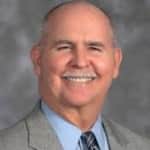
“I think the genesis was really about entrepreneurialism on the part of district leadership, and looking for the seams in policy and law where there might be room for creativity, maneuverability, flexibility, and opportunity,” said Jim Merrill, former superintendent of Wake County Public Schools and the chair of the first board of superintendents for The Innovation Project (TIP).
The beginning of a movement?
The roots of Restart trace back to Race to the Top, a federal grant program under the Obama administration. States around the country rushed to apply for the funds, and North Carolina was no exception. But before it could get the $400 million it ultimately received from the federal government in 2010, North Carolina had to make some changes.
To meet Race to the Top requirements, North Carolina adopted into law four reform models in 2010: school closure, transformation, turnaround, and restart. Each model required schools to make varying degrees of changes, including firing the principal, rehiring no more than 50 percent of the staff, or allowing an outside company to manage the school.
Using Race to the Top dollars, the state Department of Public Instruction worked with struggling schools around the state to help them implement whichever of the four reform models they selected.

Not a single North Carolina school chose to use the Restart model, according to Nancy Barbour, director of educator support services for the state Department of Public Instruction. But Restart operated much differently then than it does now.
At the time, the program required school districts to hire an education management organization to run their Restart schools — a requirement not included in the current model.
“Schools just did not gravitate to that model. They kind of felt like it was more extreme, I think,” Barbour said.
When Race to the Top ended and the extra federal funding to help low-performing schools dried up, the Restart option seemingly became a thing of the past. But behind the scenes, a group of superintendents from around the state, including Alamance-Burlington Schools leader Bill Harrison, worked quietly to find ways to innovate within current North Carolina law.
“We had a conversation about, what is it that successful charter schools are doing that we can’t do, that we might be able to model?” Harrison said. “How might we take some of that flexibility and provide it at our school?”
The Innovation Project came into existence in July 2015. It was started by Gerry Hancock and Ann McColl as a service that was part of Hancock’s firm — Everett Gaskins Hancock LLP. It started with 10 superintendents, and Harrison and Merrill were both members.

“We identify the obstacles and then say, ‘How do you make that obstacle a part of your path to something better?’” McColl said, explaining the project.
The organization has a number of initiatives, including ones related to homeschooling and virtual learning, but Restart was its flagship project.
“Really what started it, (local flexibility) was one of the very first things superintendents said they wanted,” McColl said.
The Innovation Project considered different ways under state law that schools could get more flexibility. They considered forming nonprofit organizations that could work with school systems, but Merrill said that seemed problematic as local school systems might balk at the idea of giving any power to an outside organization.
Harrison was chair of the State Board of Education when the state adopted the four reform models into law, so he knew Restart was on the books. It was not exactly what TIP was looking for since it was limited to the lowest-performing schools, but it was a start.
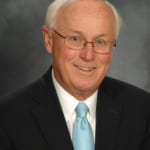
Harrison approached then-State Superintendent of Public Instruction June Atkinson to talk about school flexibility. As it turned out, Restart was already on her radar.
“When they came to me, we were already thinking about how do we do this,” she said. “It was like two trains moving in parallel to each other.”
Atkinson had been contemplating the need for the state to have a policy so districts could use Restart. She shared that with Harrison, who then brought it back to The Innovation Project.
“We decided that was the first opportunity we would explore,” Merrill said.
DPI worked on putting together a policy, and after the State Board approved it in early 2016, four superintendents in The Innovation Project — including Harrison and Merrill — applied and received Restart status for five schools in total.
Since then, the program has exploded. Every month, more schools come before the State Board of Education and ask for Restart status by providing a brief description of what changes they would like to make. Currently, 103 schools in the state have been granted permission to use it. More are waiting for the Board to give approval.
Of the 103 Restart schools in North Carolina, 83 are part of TIP which works with the districts in its network to implement the program, collaborate with other Restart schools to find best practices, and come up with innovative ways to use their newfound flexibility.
“If they use that power wisely, we can have innovative schools throughout North Carolina who can do it differently than what has been done in the past with traditional schools,” Atkinson said.
How does Restart currently work?
After TIP, Atkinson, and the State Board worked to get Restart underway, a new era was born. Suddenly, traditional public schools that joined the program could have flexibility like charter schools. But there were exceptions.
“That’s where it gets difficult,” said Barbour, state director of educator support services. “Because there are just certain things that even though a charter school may be able to do it, a traditional public school can’t.”
For instance, Restart schools must continue to provide transportation for students, unlike charter schools, which are not required to bus students.
“You can’t use your transportation dollars in another way in a Restart school and then tell people we’re not busing your kids. That’s not an option,” Barbour said. “We’re really having to work with schools and their creativity to make sure there aren’t any unintended consequences that we don’t realize.”
But within these limits, Restart schools can do things most traditional public schools can not.
“This is an opportunity for districts to say, ‘These are our schools and we’re going to use flexibility that’s given to us by the state to try some things that we haven’t been able to try,’” said Joe Ableidinger, chief program officer and director of innovation for TIP.
Some of the possible flexibilities include extending the school day or changing the school calendar so that classes begin earlier or later in the year. The ability to change the school calendar is important in North Carolina where the start and stop dates of the school year are dictated by the General Assembly. Lawmakers routinely see a number of bills each year trying to grant calendar flexibility to local districts around the state. Invariably, these bills do not gain traction.
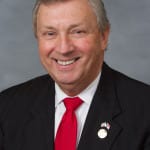
“This has been a difficult issue for the state of North Carolina,” said Rep. Craig Horn, R-Union. “It will continue to be because the legislature has people like me who continue to bring it up.”
But with Restart, recurring low-performing schools can bypass state law on the matter.
Another advantage Restart schools have is the ability to hire some teachers to teach classes even if they are not licensed for that subject. However, educators who work with disabled students must be licensed in that area.
“We can’t fudge on that or there’s a risk of losing EC [exceptional children] funds for that school,” Barbour said.
Goldsboro High School in Wayne County — now a Restart school — is near Seymour Johnson Air Force Base, a place full of people who may want to teach but do not have the time to get the requisite licensure.
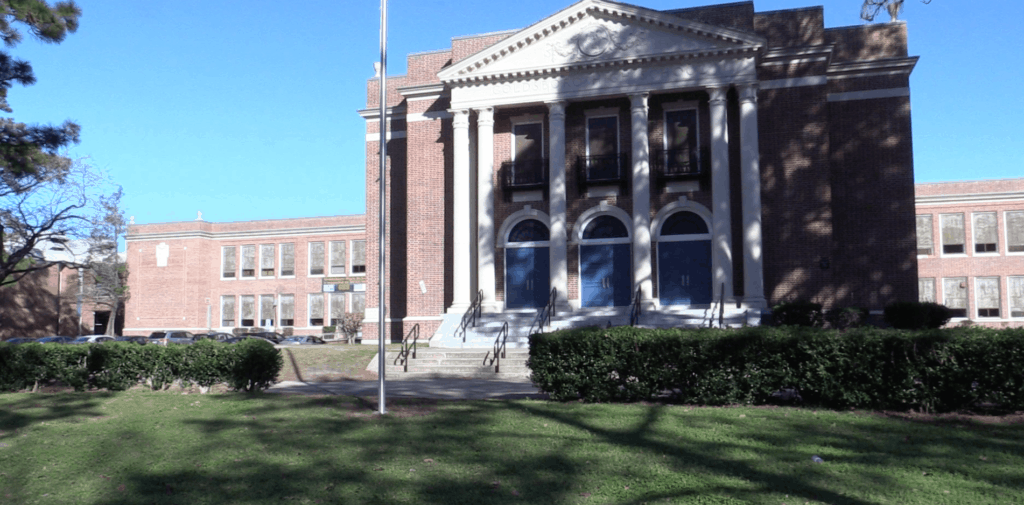
“We have a wealth of knowledge over at that base,” said Wayne County Superintendent Michael Dunsmore. “I literally have rocket scientists over there who want to teach math classes.”
Another benefit Restart schools get is financial flexibility. Although they don’t receive any extra money from the state and have to work within the same budget as other traditional public schools, they can use the money in different ways.
State money often comes with strings attached: money is granted in allotments that, with some exceptions, have to be used for specific purposes, such as school building administration or teachers. Restart schools are freed of those restrictions.
“My entire career, I’ve wanted greater flexibility in funding. It’s a slippery slope, and I get that,” Merrill said. But he thinks districts and schools know best how to use their funds. “If you just give districts maximum flexibility to allot their resources…you can get something better.”
While the possibilities for Restart schools are legion, the program is still in its infancy. And the problem of low-performing schools doesn’t show any sign of waning.
Last school year, the state identified 505 schools as low-performing, up from 489 the year before. The number of recurring low-performing schools — the ones eligible for Restart — increased from 415 in 2015-16 to 468 last year.
According to Barbour, The Department of Public Instruction only has the resources to directly help about 35 of the state’s low-performing schools and its 11 low-performing districts — districts where the majority of schools are low performing. The General Assembly does not allocate extra funding to schools that are struggling. State law does, however, require low-performing schools to develop a school improvement plan that is then approved by the state.
McColl, the CEO of The Innovation Project, said most low-performing schools cannot count on DPI for help because the department does not have the bandwidth to intervene, and that is one of the reasons TIP pushed for Restart.
“It’s unreasonable to expect them to really be able to provide the resources,” she said. “So I think that’s why we’re sort of circling the horses and saying let’s help each other and share with each other.”
With 103 schools and counting — 14 more schools applied for the program at the State Board of Education meeting in March — Restart could be the strategy for assisting schools the state struggles to help. But it will take time to determine if it is a winning strategy.
“Our challenge is to create opportunities in these schools that, in a few years, we will have something to show,” McColl said.
Flexibility: a national experiment
North Carolina is not alone in allowing schools to have charter-like flexibilities. More and more districts across the country are experimenting with the concept, giving schools different flexibilities around staffing, budget, curriculum, professional development, and calendar schedule. As a result, there are several different models of these “charter-lite” schools, all with different names and rules.
In Memphis, the Innovation Zone is essentially a district within a district, composed of underperforming schools that receive greater autonomy in staffing and budgeting in exchange for greater accountability. While it is still relatively early, the Innovation Zone has shown promise in achieving its stated mission of moving schools from the bottom 5 percent in the district to the top 25 percent.
Both Boston and Los Angeles have several different models of schools with increased flexibilities. In Boston, there are innovation schools, pilot schools, turnaround schools, and Horace Mann charter schools, all with different Memorandum of Understandings to outline their flexibilities.
In Los Angeles, there are pilot schools, local initiative schools, expanded school-based management model schools, partnership schools, and affiliated charter schools. As in Boston, each model has a separate set of flexibilities. In both cities, schools with added flexibilities are performing slightly better than the traditional public schools but not as well as the charter schools.
Several other cities are giving added flexibility to their schools, including Denver, Indianapolis, and Springfield, Massachusetts. For the most part, these efforts are too new for comprehensive evaluation.
COMING TUESDAY: Go inside some of North Carolina’s Restart schools and hear from students, teachers, and principals about what it is like to navigate this new program. Learn about their struggles and find out what new techniques they are using to try to improve their schools.
COMING WEDNESDAY: What is the future of Restart schools in North Carolina, and how are they being held accountable? State lawmakers and school leaders weigh in on the new program and where it’s headed.
This story was reported by EducationNC reporter Alex Granados and WRAL reporter Kelly Hinchcliffe through a collaboration funded by the Center for Cooperative Media. EducationNC data journalist Lindsay Carbonell and policy analyst Molly Osborne contributed to this report.
Editor’s Note: Gerry Hancock, a co-founder of The Innovation Project, is the Board Chair of EducationNC.
Recommended reading
